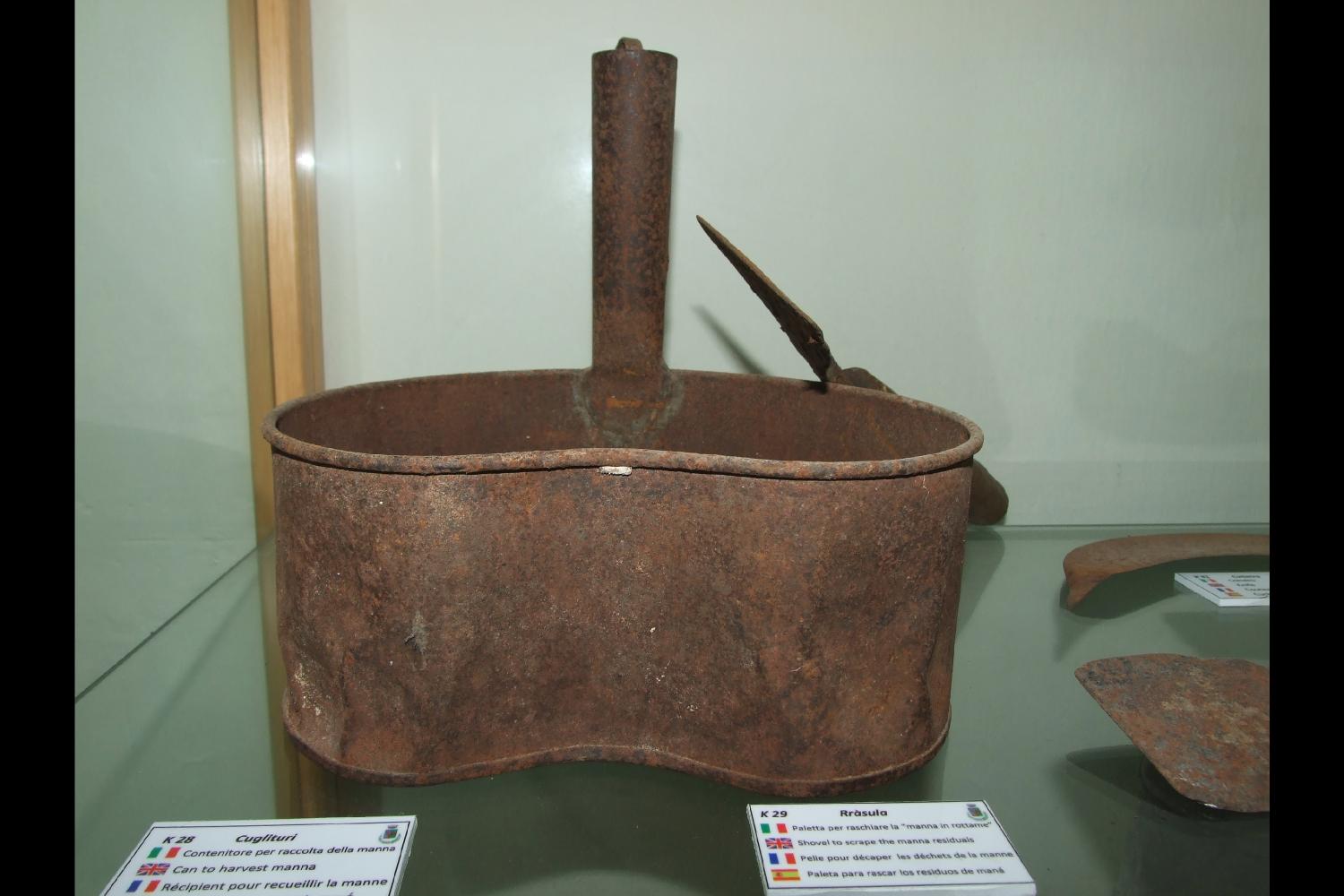SHORT DESCRIPTION:
The object consisted of many wooden pieces but that could be replaced with other iron or rubber objects. When necessary, the pieces formed by the “piettica” were assembled. This “piettica” consisted of two pieces of a transversal shape, with a hole addressed to the upper
part where there was “a chiavera” that carried itself “a curria” formed by two hooked rings. “A curria” was put into the centre of “du iuvu” where there was a correct groove.
From the other side another piece of S-shaped woode was put in it and maintained steady from a side by another wooden fastener called “tiniglia” and from the other side by a little wooden piece called “cugno” that served to regulate the marring “da vommina” (the only iron piece) representing the extreme point of the blow that dug the ground once It was stuck. From the opposite side of the ploughshare there was a hollow called “manuzza” that was used to grasp the blow and address it into the exact direction.

